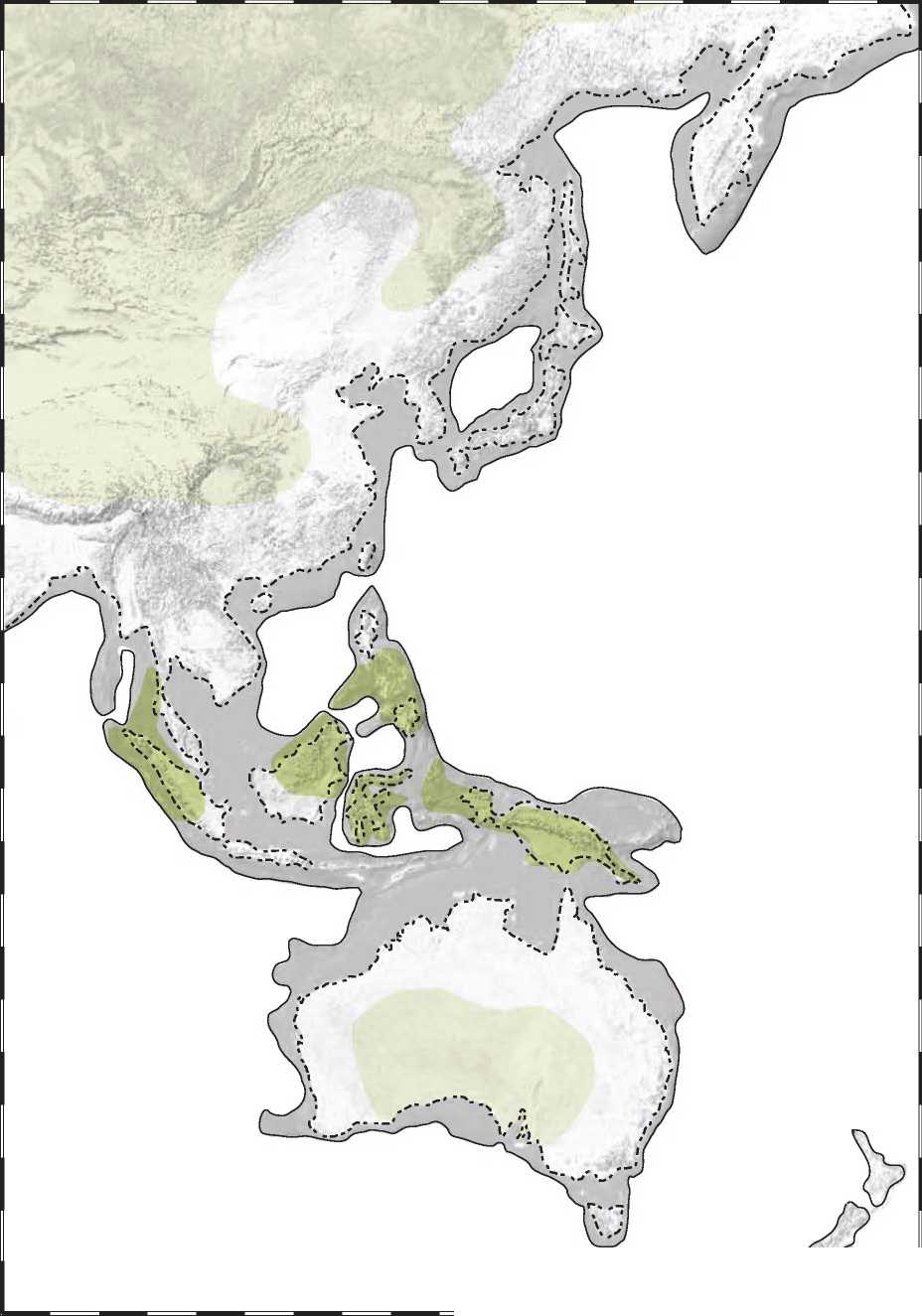Ten thousand years ago there were, roughly speaking, three main cultural formations, savanna/ shore-based societies in Africa, India, China, and Australia; cold weather, hunter-specialist societies in the Russian steppe who were expanding into the steppe of the Americas to form the Clovis; and the forest - and river-based Magdaleniens in western Europe. The latter, with their elaborate cave ritual centers, was the first culture distinctly tied to the warming of the climate. Scientists call the change the Holocene, a geological epoch that began approximately 12,000 years ago and continues to the present day. The word derives from the Greek holos (whole or entire) and kainos (new) and means “recent whole.” The term was first proposed in 1885 when it was observed that the fluctuations in global temperature from 10,000 bce to today were relatively small in comparison to previous epochs. And with some exceptions, the temperature was now warmer. The consequences were important to the history of human society. First of all, the rising of the oceans obliterated populated shore plains. The northern Adriatic Sea filled up, for example, driving people northwards. The same is true for the expansion of the waters in the Persian Gulf that previously would have been largely dry. The land bridge that connected England and Ireland to Europe disappeared. Dramatic changes occurred in the West Pacific where the rising waters separated Australia, the Polynesian Islands, Japan, and Korea from one another (Figure 2.32).
On the positive side, increasingly large stretches of territory in the Russian Arctic became accessible to human habitation. In the Canadian Arctic, the only area in the world not yet previously inhabited, footprints appeared along the shores as hunters followed the great herds of migrating caribou. In fact, though mammoths had become extinct, the reindeer in Scandinavia and in northern Asia, the caribou and musk ox in Canada, and the bison in the great plains of the Americas thrived, as did the respective hunting societies associated with these animals.
Forests grew at a rapid pace in Europe, Africa, America, and South Asia. The emergence of vast oak and walnut forests in North America made these nuts into a staple of the regional diet. The rainforests, of course, that expanded in the Americas, south Asia, and Africa teamed with a vast variety of life and would soon become home to a cultural pattern just as widespread as the great hunting tradition of the north. And then there were the rivers, giant rivers in fact, many fed by the melting glaciers of the Himalayas. Others, like the Amazon and Congo, were fed by the now vigorous monsoon rains that blanketed the earth.





 World History
World History









